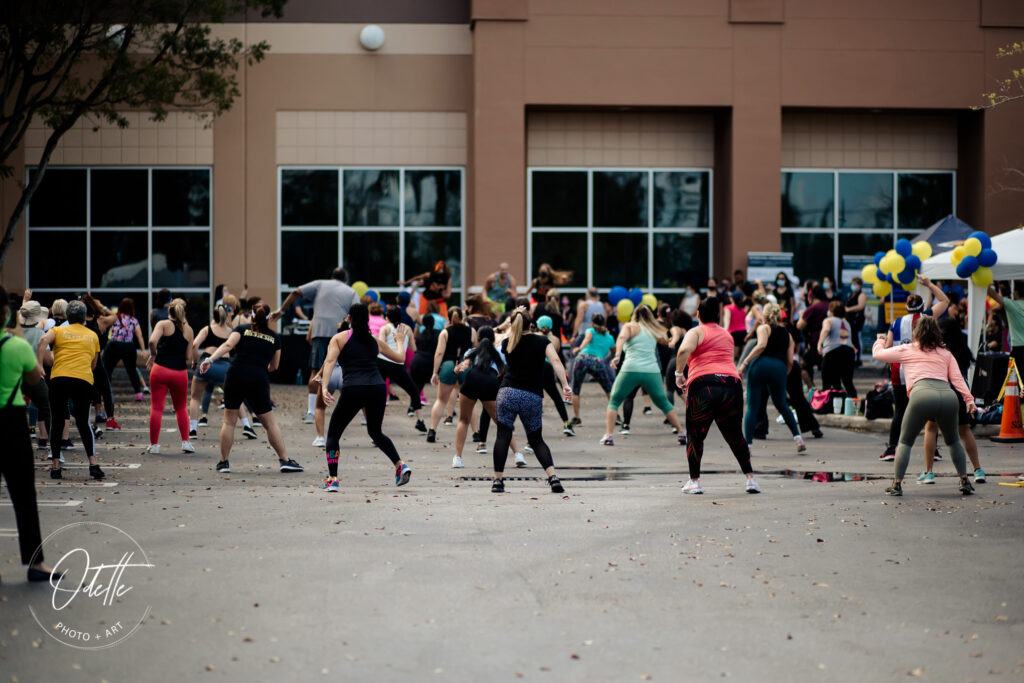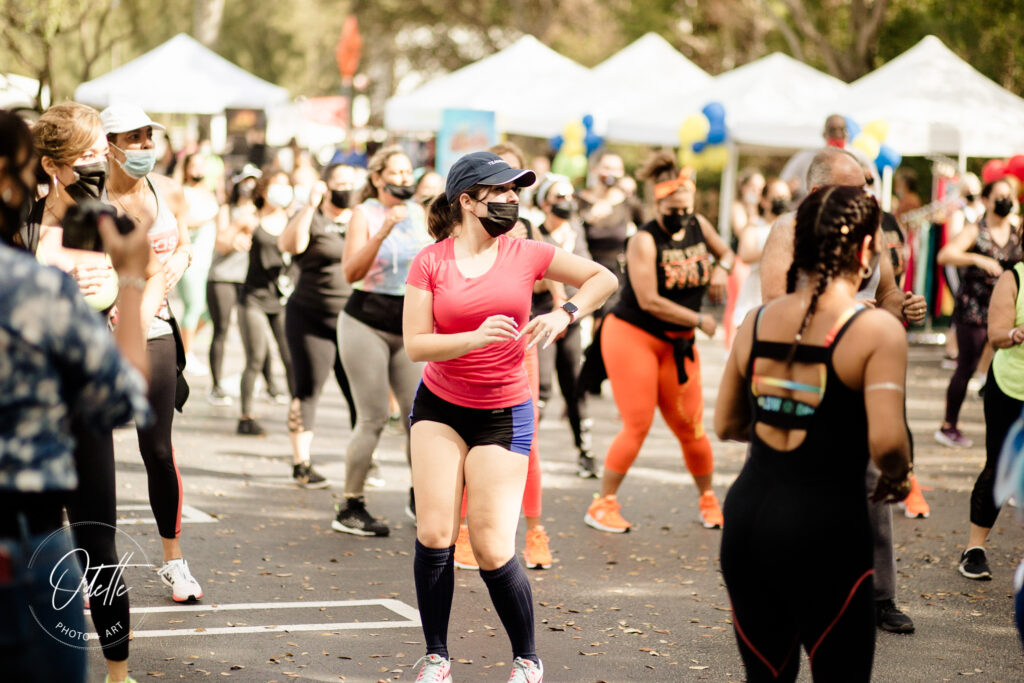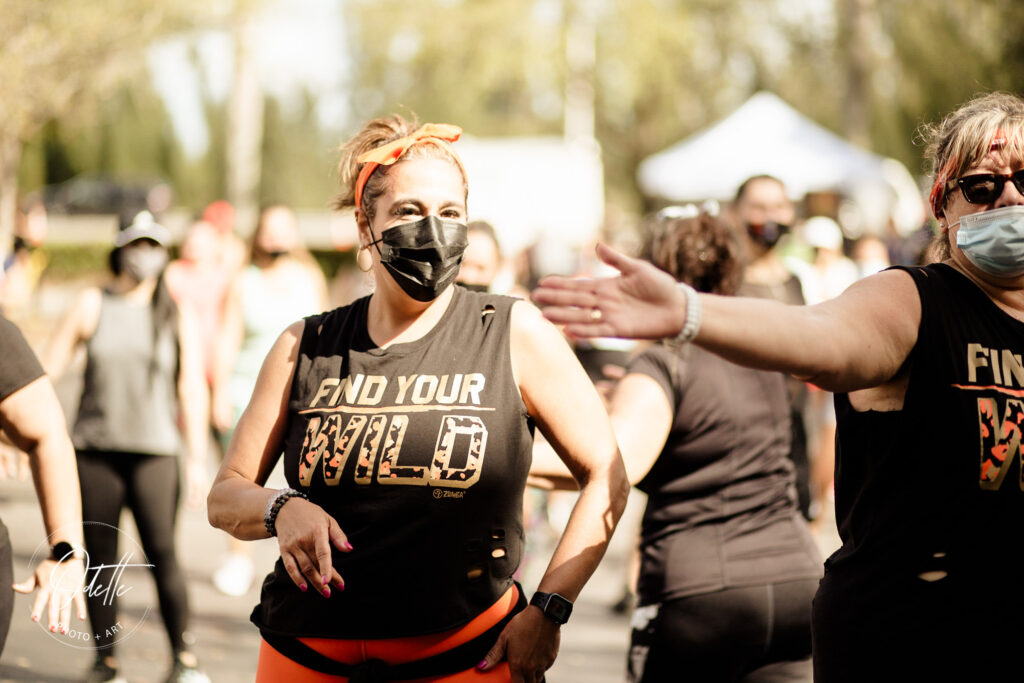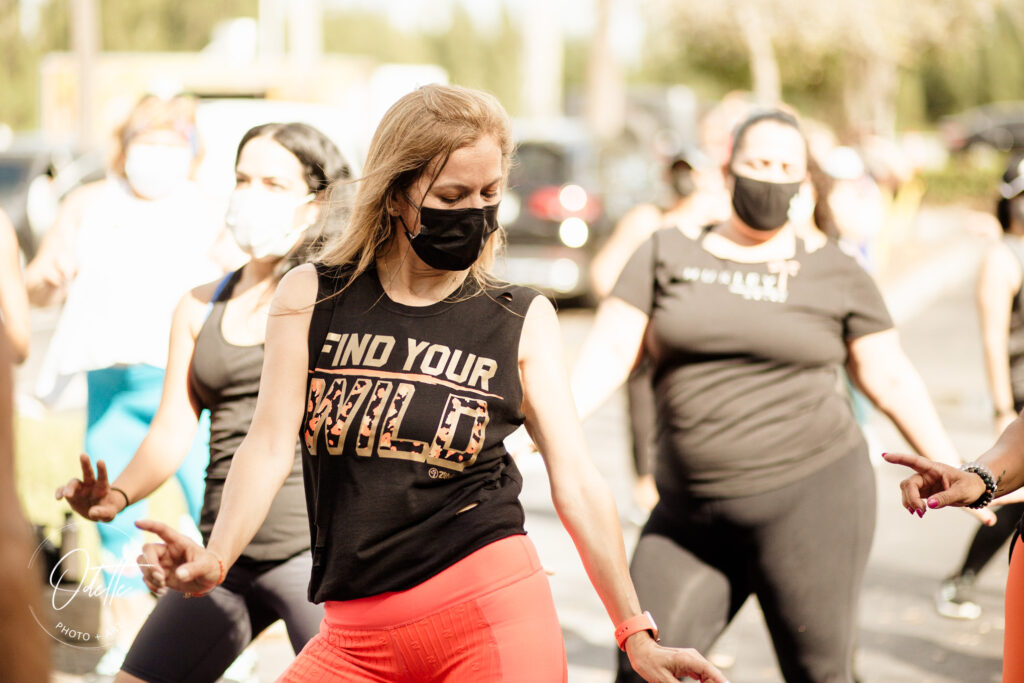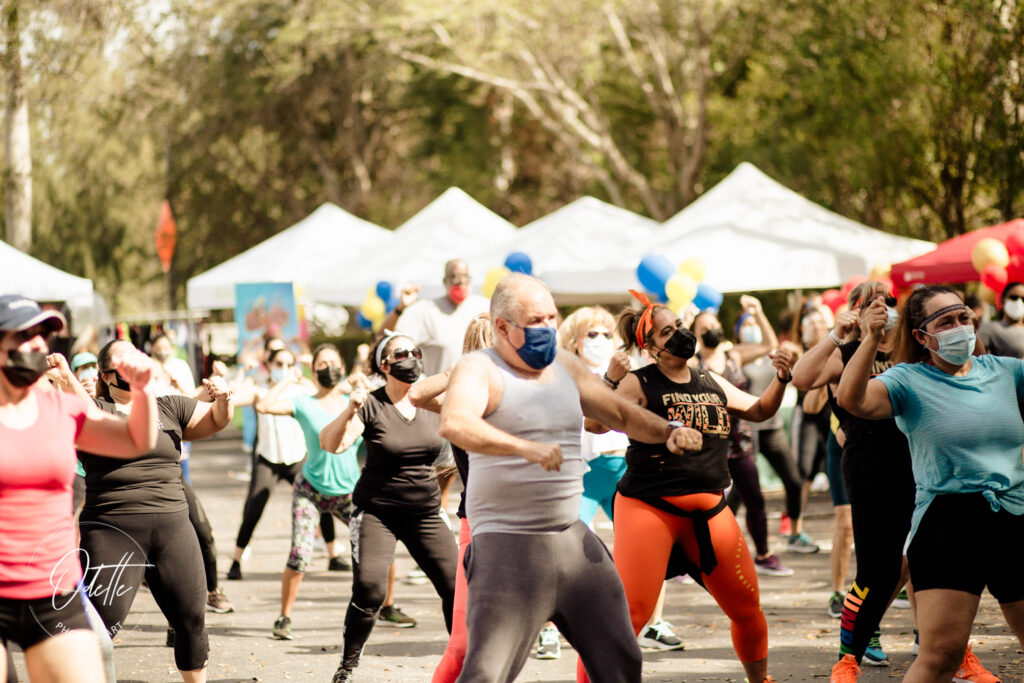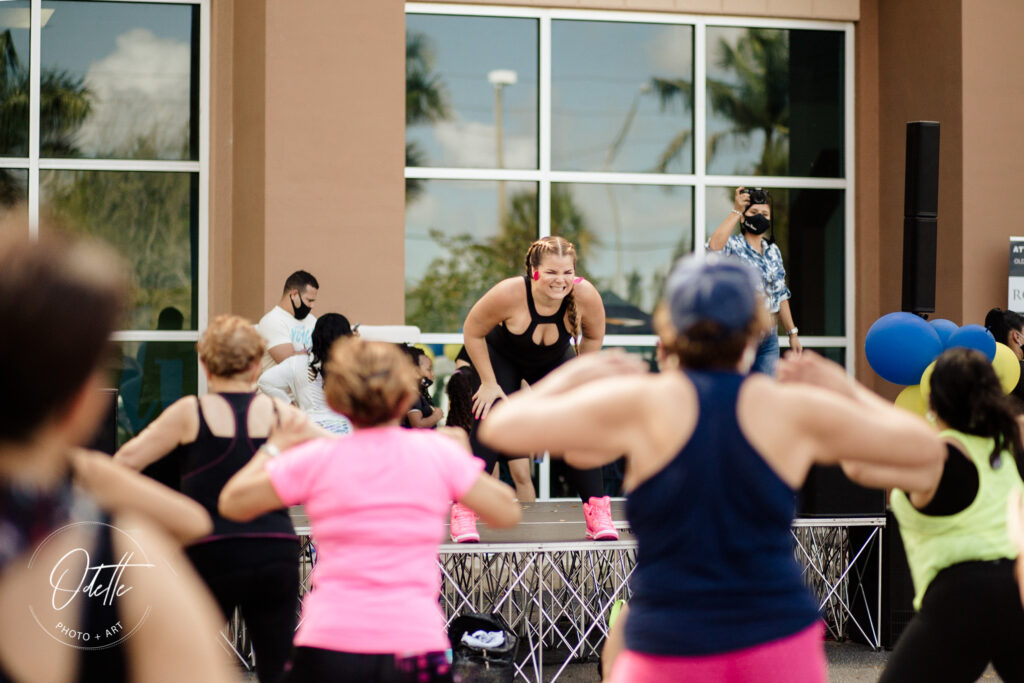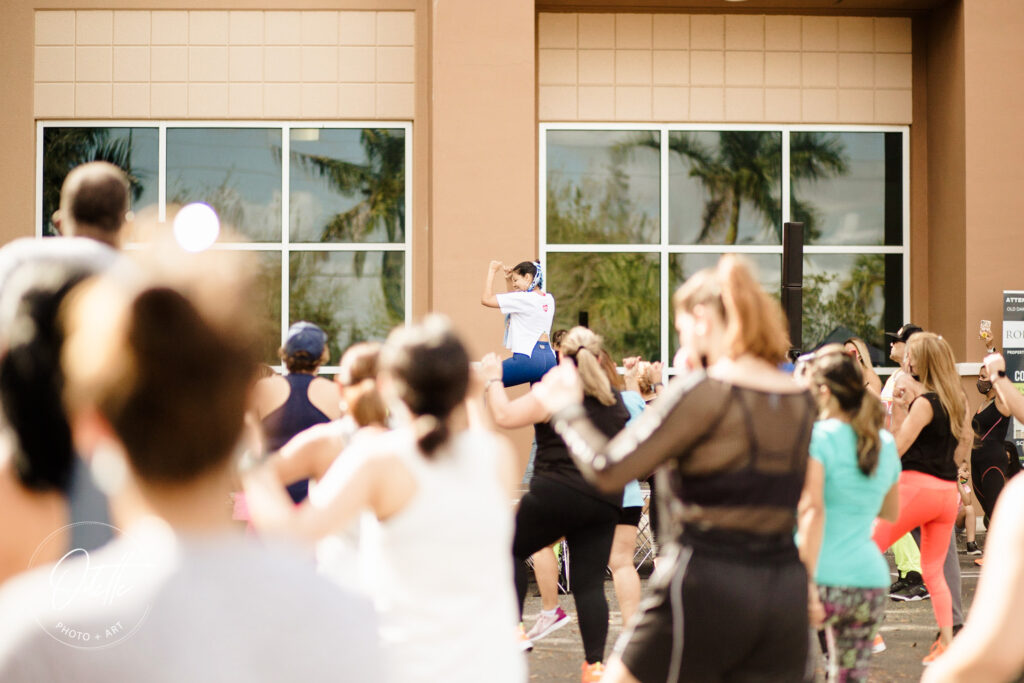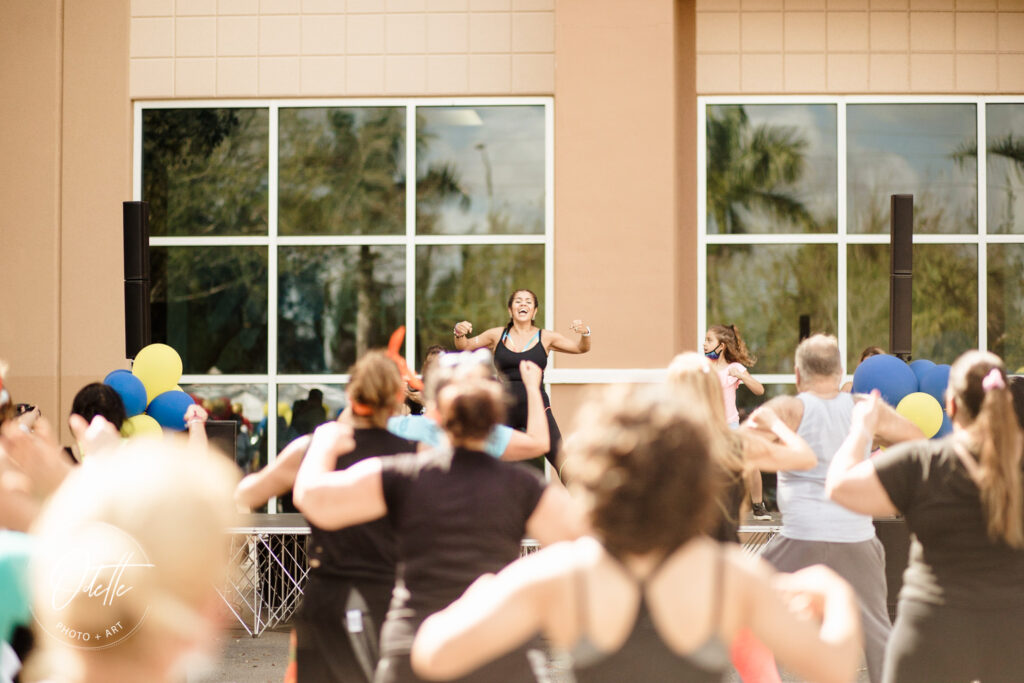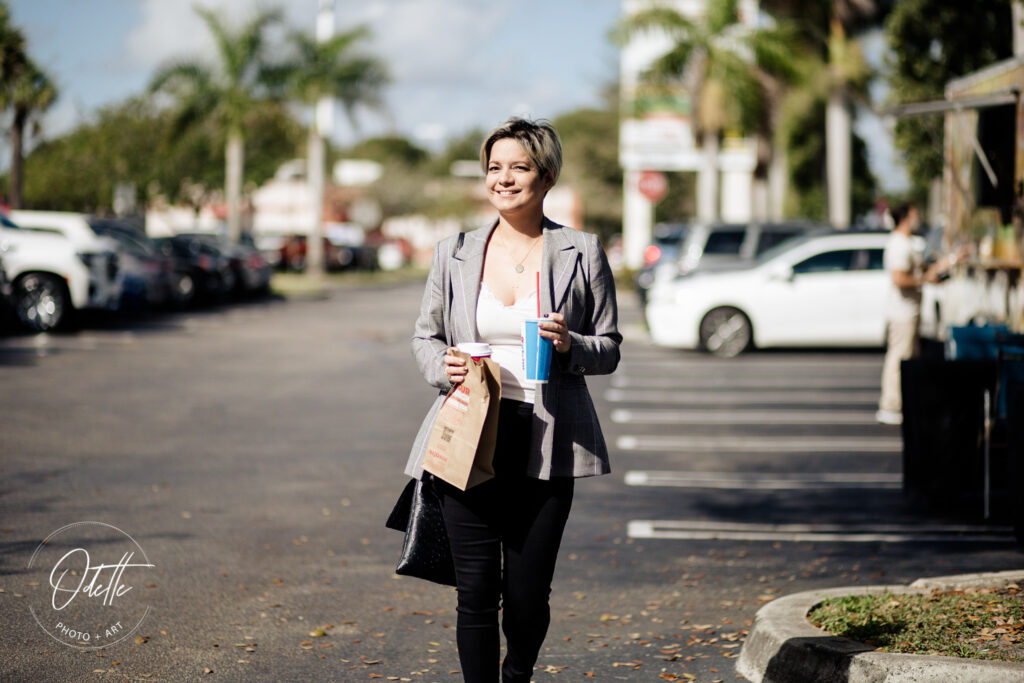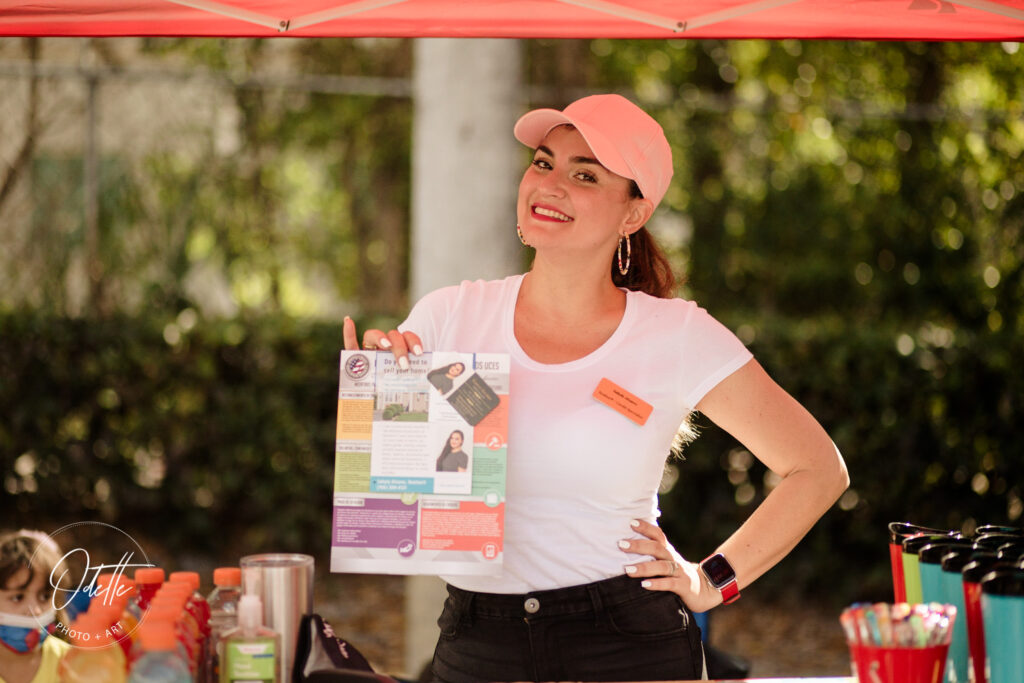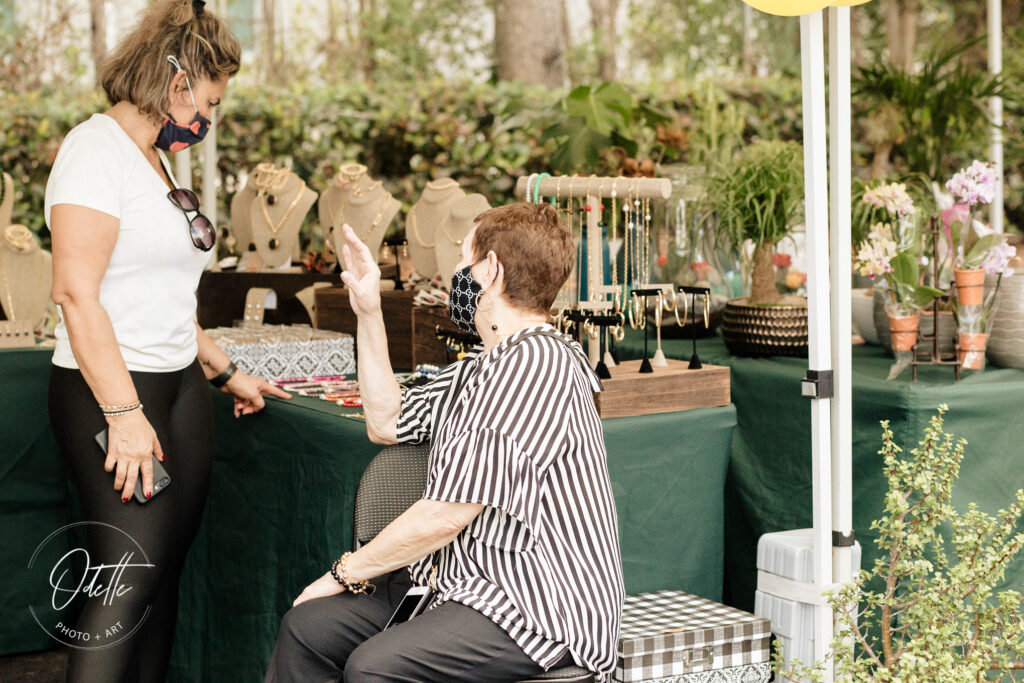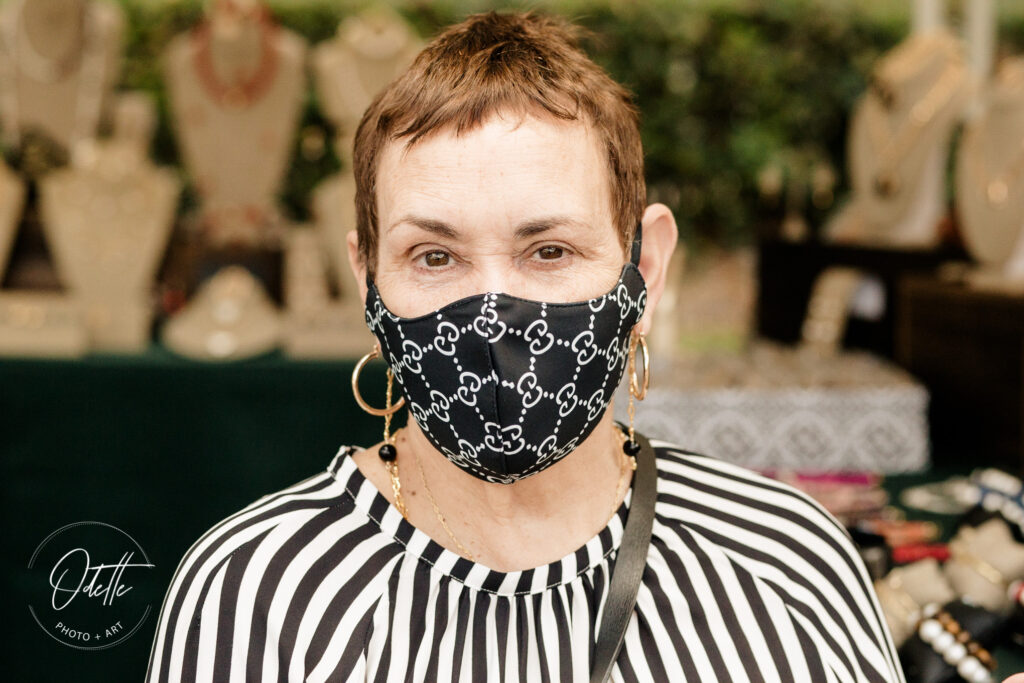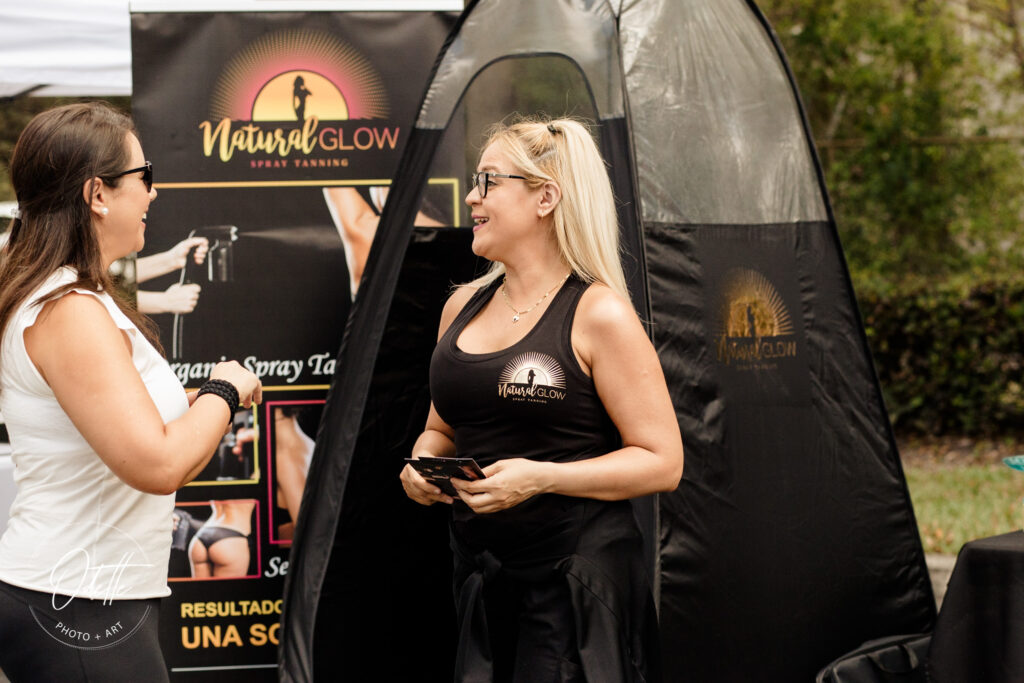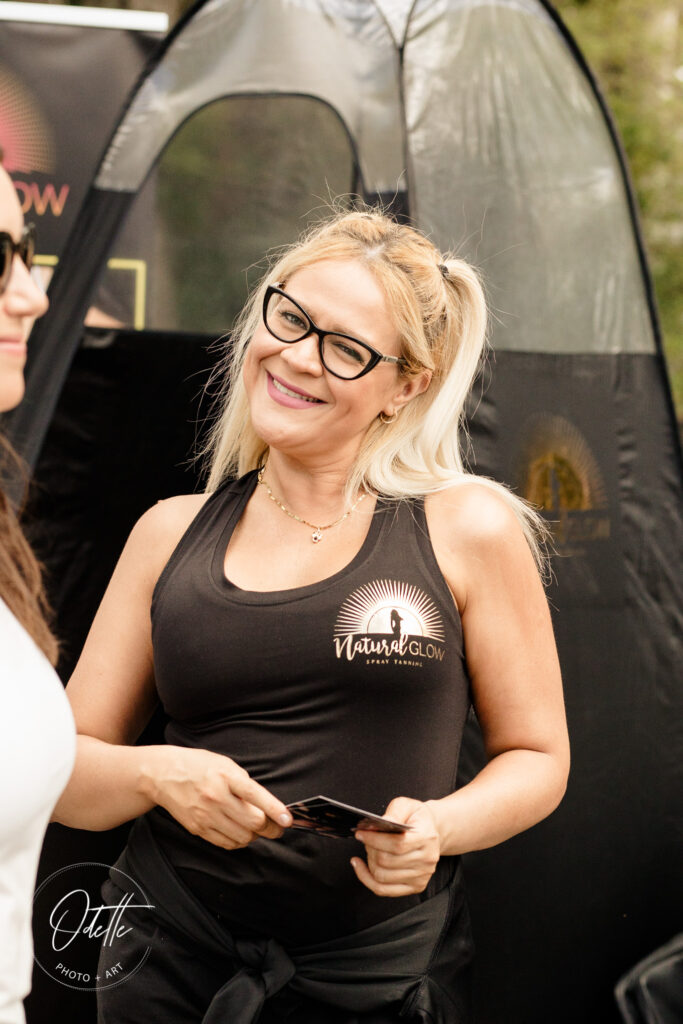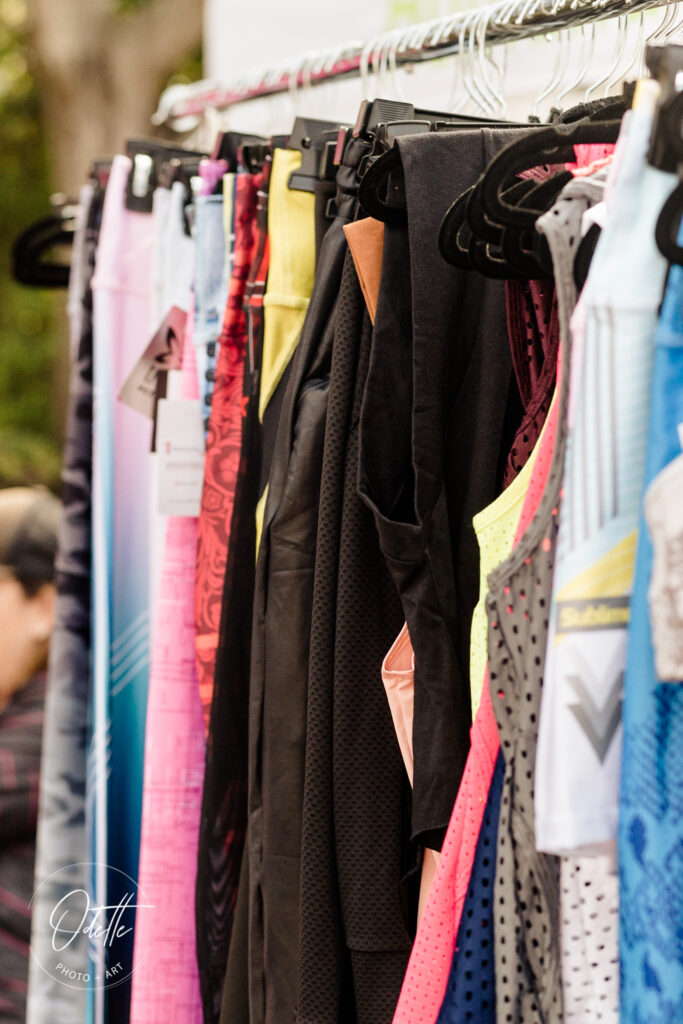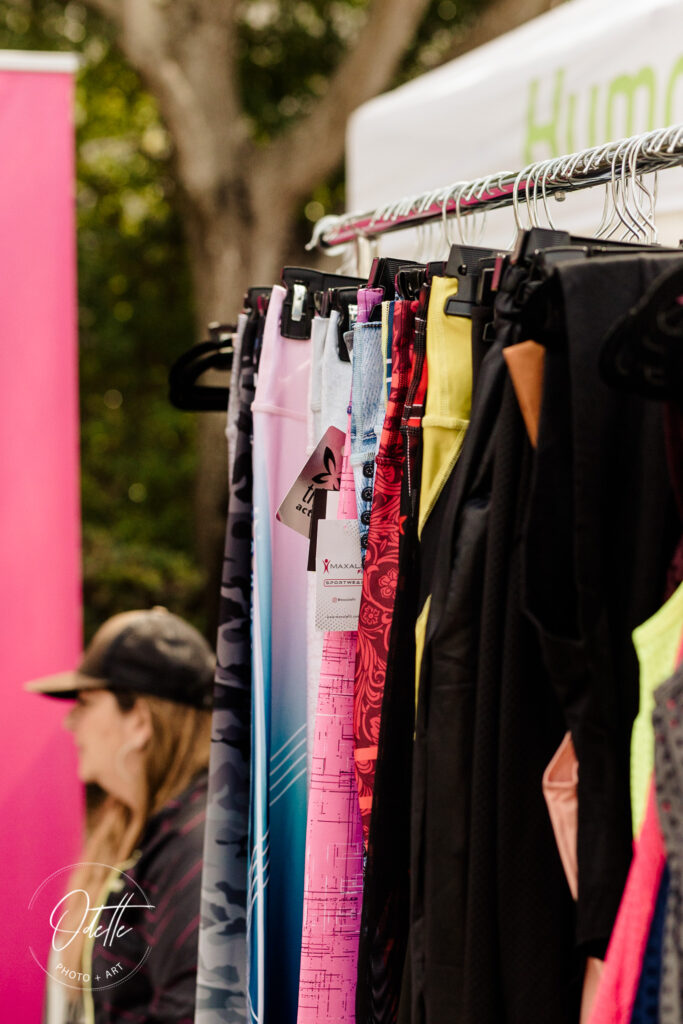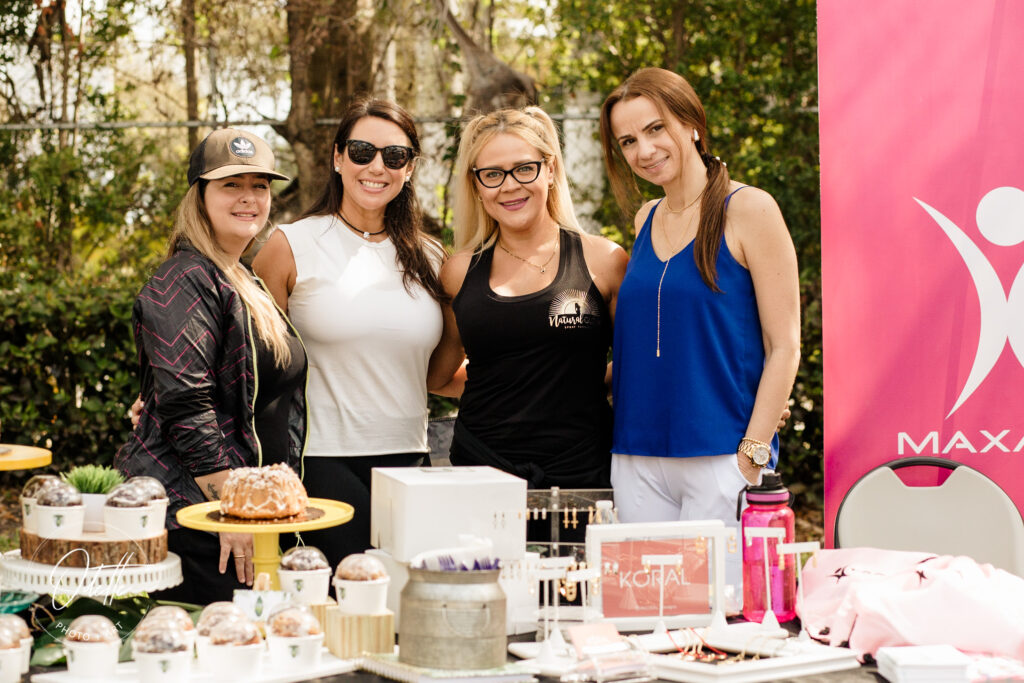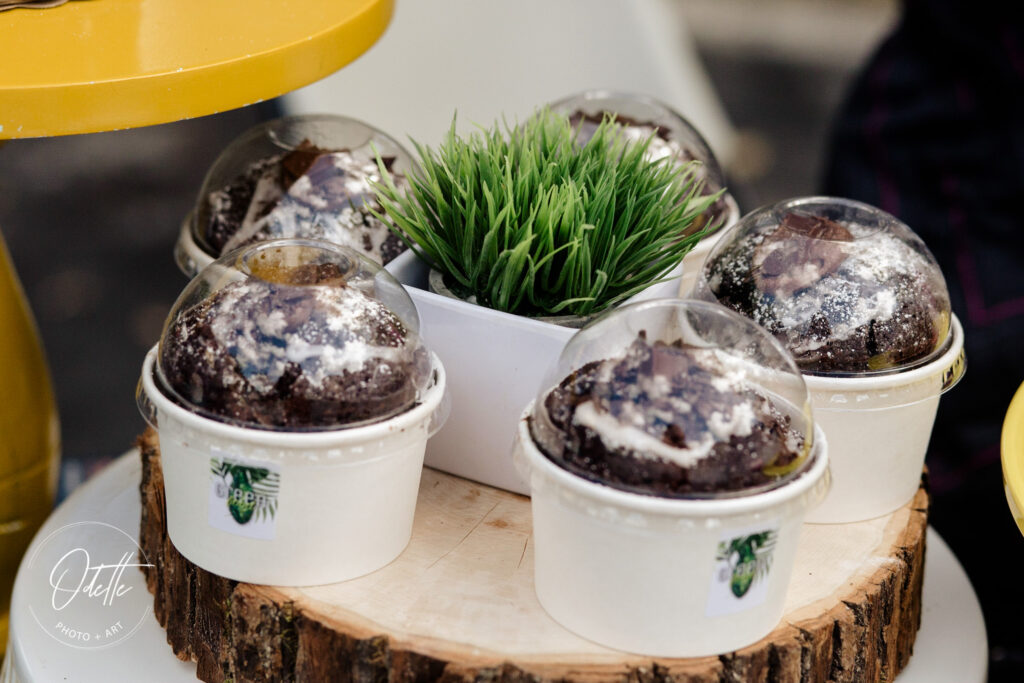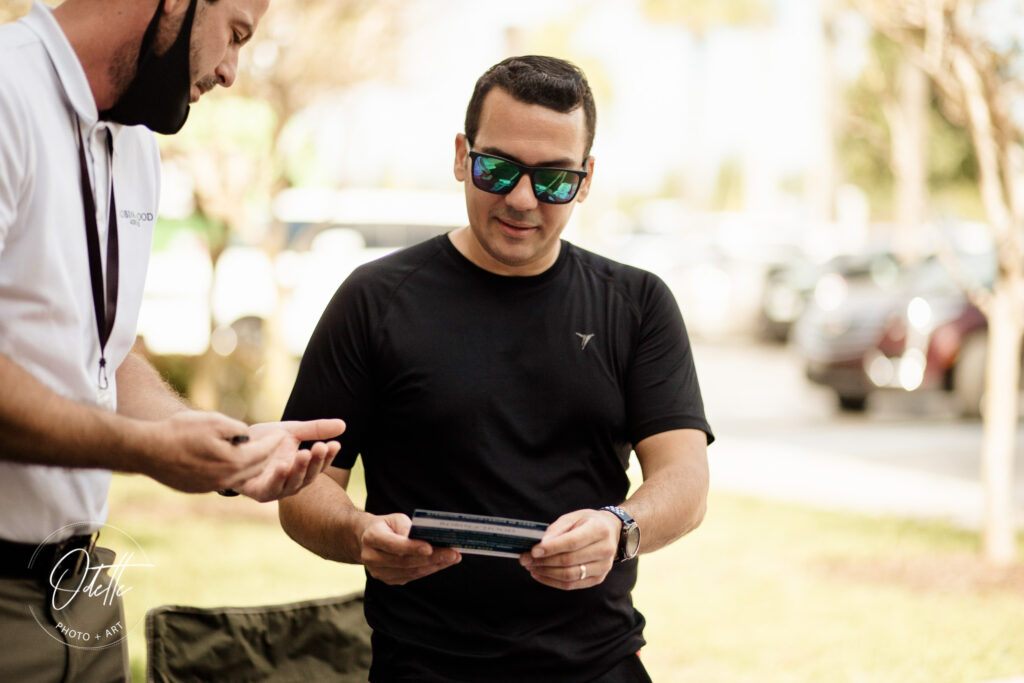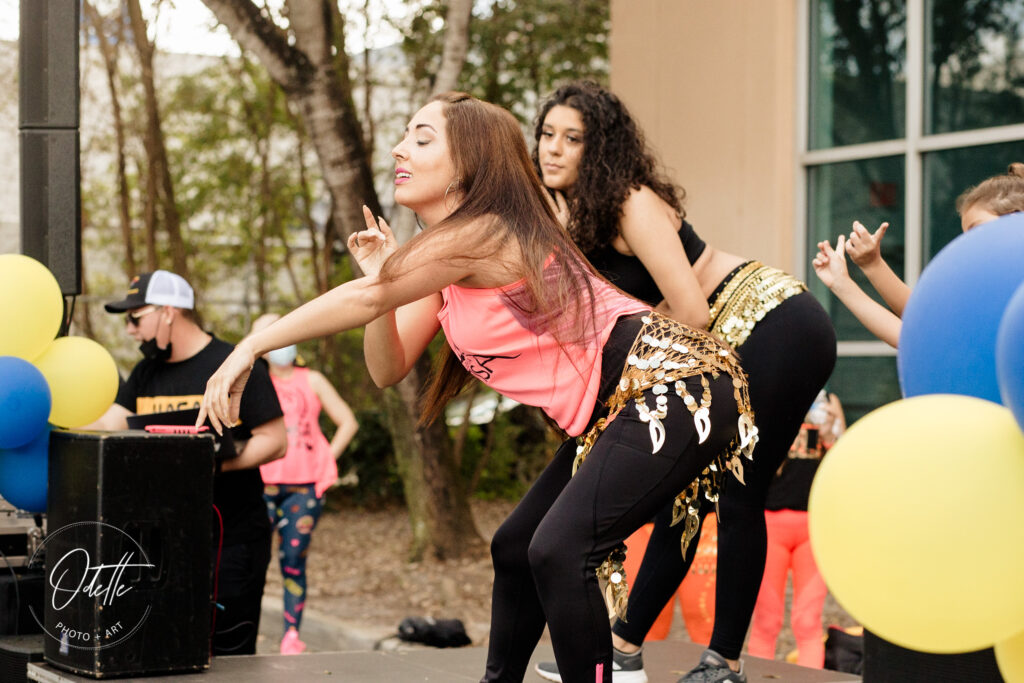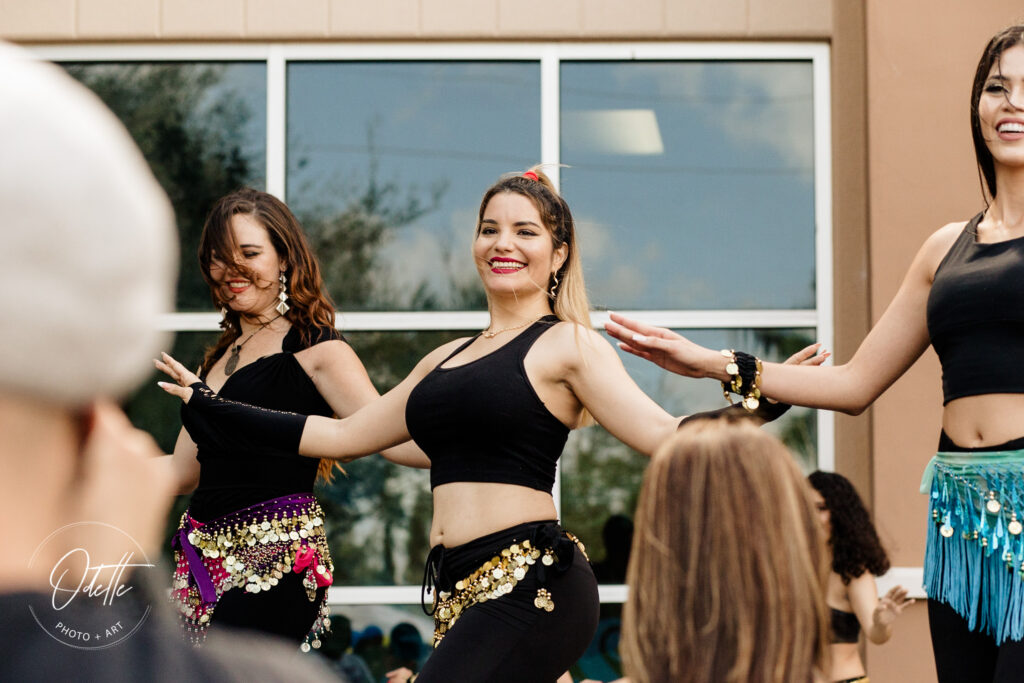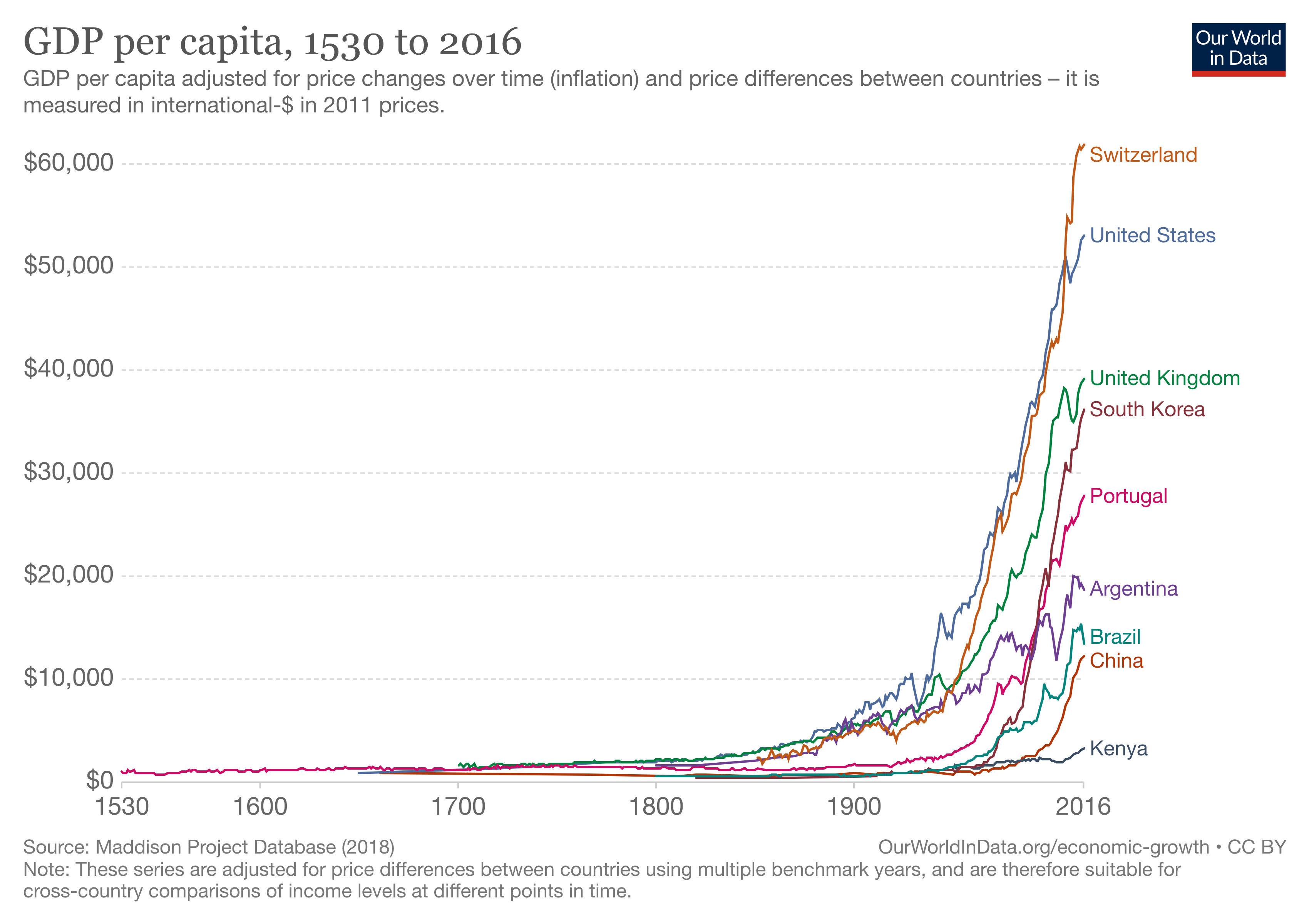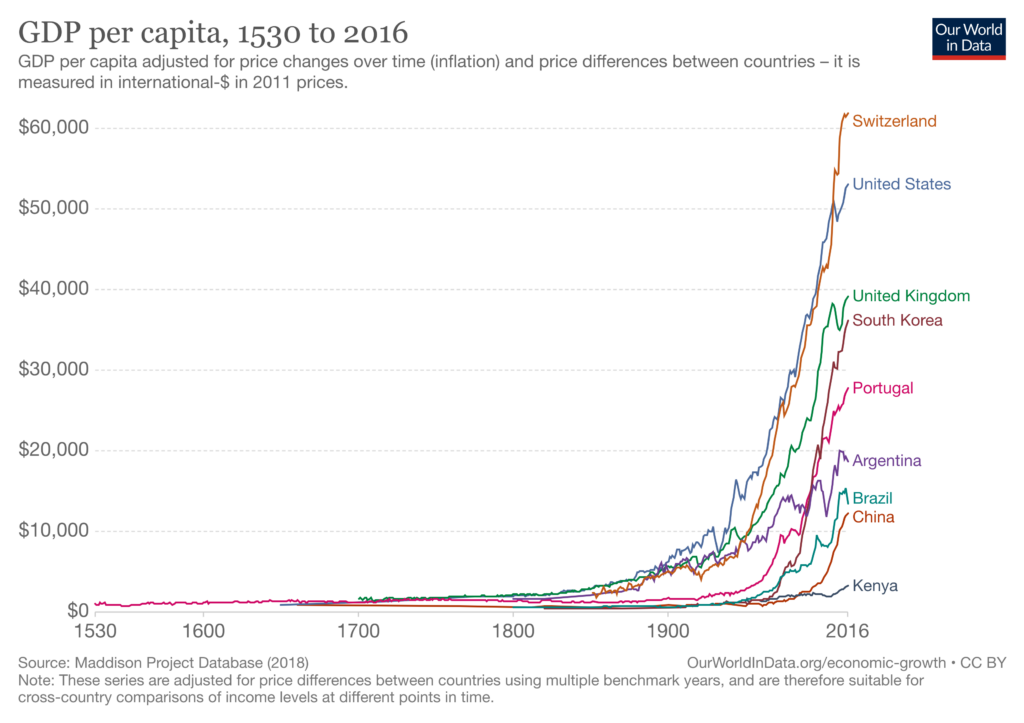There are all sorts of productivity hacks circulating the internet. In the era of remote work, it’s needed more than ever. The usual tips instruct us to unplug from technology or play classical music. And while these can certainly help, there are plenty of other ways to boost your productivity levels — ways that are much more fun.
If you’ve been bit by the unproductive bug, here are some unconventional ways to get the ball rolling again:
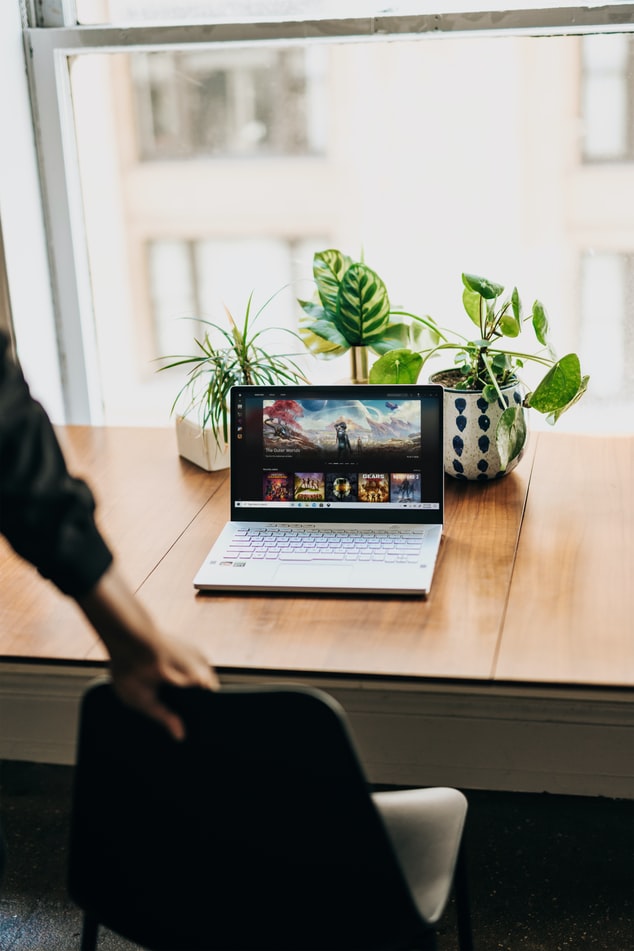
Procrastinate systematically
Our Procrastination and Why Being Busy is Not Productive article already covered, well, procrastination. You might have learned that postponing an important task is never a good idea, especially since it might lead to more unproductivity. But sometimes, one particular task seems too daunting to even attempt.
One way to curb this is to procrastinate in a structured manner. Simply work on another task on your to-do list, then come back to that one important task. Chances are, after finishing a couple of easier things in your agenda, that tedious one will seem far more manageable.
Micro-reward yourself
Learning to reward yourself for completing what you set out to accomplish can do wonders for your productivity. And it doesn’t have to be anything extravagant. Stick to small gifts for yourself and save the big prizes for bigger milestones.
Your micro-reward can be something as simple as your favorite treat or one episode of the series you’re currently watching. Just don’t go overboard with it by indulging every step you take. Again, be systematic, even in the way you pat yourself on the back.
Surround yourself with plants
Sprucing your home office with greens actually comes with a lot of benefits. Libby Sander cites several studies in an article on the benefits of nature in your workspace. One study found that bringing plants into the workspace increased productivity by 15%. There was also an improvement in employee concentration and workplace satisfaction. In fact, simply seeing nature has been proven to increase both mood and self-esteem.
If you want some low-maintenance plants, here are a few options:
- Cactus plants
- Succulents
- Cast-iron plant
- Spider plant
- Aloe vera
Try using a standing desk.
Here’s another thing you can tweak in your workspace: your desk. Replace that rickety old thing with a sturdy new standing desk. A feature on Pain Free Working explains that it’s simply a desk with adjustable height, so you really don’t need to be stuck on your feet if they start to ache. But it’s nice to be able to switch between standing and sitting when you work.
Studies show that home offices are simply not equipped with the right work furniture and equipment. Most notably, people worked with the wrong chair and monitor heights and improperly adjusted armrests. With a standing desk, you’ll have the freedom to alter your workspace as you please and even stimulate your mind. And with a more comfortable and ergonomic office, you’re more likely to be productive.
Take a quick nap
Inc highlights how power naps could be the solution to a bout of low productivity. A study from Harvard Medical School even found mid-day naps to be more effective than sleeping more at night or having a cup of coffee.
On a slow afternoon, try taking a 20- or 30-minute nap as a pick-me-up. Just don’t forget to set the alarm!
Complete an exercise routine
In a feature on exercise, CNet cites the benefits of doing physical activity in the morning. Working out when you wake up can improve your energy levels, alertness, focus, and decision-making capabilities. These translate to better productivity during the day.
Additionally, exercising in the morning also releases endorphins, which are happy hormones. This can keep you in a good mood sans the coffee!
Here are a couple of quick exercises you can do:
- Lunges
- Squats
- Push-ups
- Burpees
- Planks
Final Words
Try some of these out and see if they work for you! Remember that boosting productivity still depends largely on the individual. So, what works for others might not work for you. Still, they’re worth giving a shot!
Exclusively written for utilityavenue.com by Thea Thompson
Author bio: Thea Thompson is a full-time freelancer in the copywriting and graphic design industries. When she isn’t looking for gigs, she’s baking pastries with too much sugar in them.


